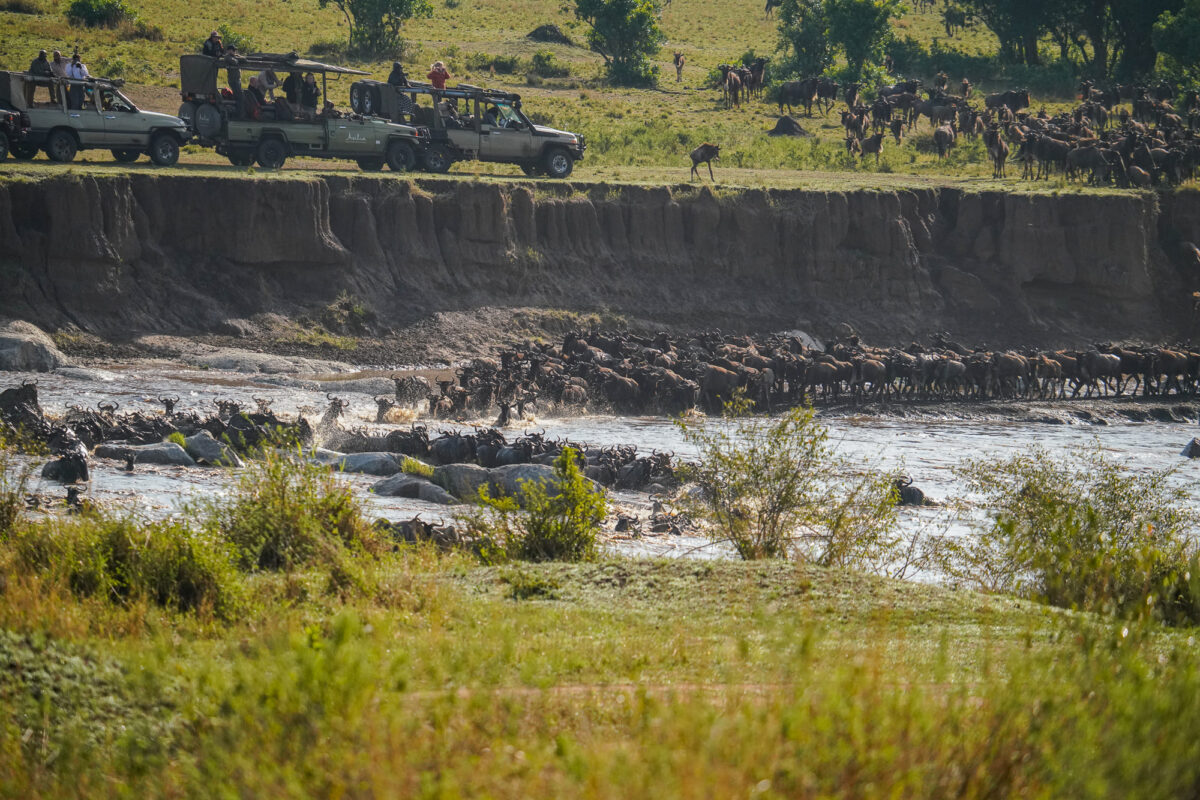The Rio Grande River, a natural boundary between the United States and Mexico, serves not only as a geographical symbol but also as a powerful locus of migration, conflict, and cultural interplay. Its banks have borne witness to centuries of human stories, particularly in the context of migration, where individuals and families traverse its waters in search of a better life. An exploration of this river reveals not only the historical narratives embedded within it but also the significant implications of cultural relativism that illuminate the myriad perspectives surrounding migration across this pivotal boundary.
Historically, the Rio Grande has been more than just a physical divide; it is steeped in the legacies of conquest and colonization. The river has been a witness to transformative events, from the Spanish colonization in the 16th century to the territorial disputes following the Mexican-American War in the 19th century. As borders were redrawn, populations on both sides experienced displacement, further complicating their identities. This history underlines how borders are often arbitrary, drawn by powerful entities with little regard for the people whose lives are irrevocably altered by such decisions.
In the contemporary context, the Rio Grande has become a symbol of hope and despair for many migrants, primarily from Central America. The river embodies the arduous journey undertaken by those fleeing violence, poverty, and political instability. Such migrations are not simply physical movements; they are encapsulated within a framework of aspirational narratives. Migrants navigate treacherous terrain and perilous waters, challenging the notion of stable identity as they transition into new cultural landscapes. However, the intricacies of their journeys are often overlooked through a Eurocentric lens that frames migration solely as a phenomenon to be regulated.
From a cultural relativism perspective, understanding migration across the Rio Grande necessitates a recognition of the diverse contexts from which migrants emerge. Each person’s journey is imbued with personal histories, cultural identities, and socio-economic realities. For instance, the indigenous communities often find themselves grappling not only with physical displacement but also with cultural erasure as they cross into a new national identity. Thus, engaging with these narratives requires a shift in perspective, one that prioritizes the voices of the migrants themselves rather than merely viewing them as statistics or subjects of policy debate.
The duality of the river, serving both as a point of departure and a site of arrival, further complicates the narrative surrounding migration. For those attempting to cross, it is a site of peril — where many have perished in their quest for safety and opportunity. Each life lost resonates profoundly within the communities they leave behind, illustrating that migration is not merely an individual undertaking but a communal experience woven into the very fabric of families and societies. In this regard, the river can be seen as a microcosm of larger societal dynamics, wherein individuals are propelled by necessity while facing the manifold implications of their choices.
Furthermore, the interplay between policy and migratory movements along the Rio Grande invites a critical examination of humanitarian values and legal frameworks. The imposition of stringent border control measures has led to a humanitarian crisis that invites moral and ethical considerations. The principle of cultural relativism asserts that one must engage with these circumstances without an ethnocentric bias, recognizing the inherent dignity of all individuals regardless of their nationality. This perspective challenges prevailing narratives that demonize migrants and instead situates their experiences within broader socio-political contexts marked by inequality and exploitation.
As societal discourses surrounding migration evolve, so too must the conversations around cultural exchange and integration. The Rio Grande serves as a conduit for diverse cultures, leading to moments of intercultural exchange that can enrich both societies. Festivals, culinary traditions, and linguistic contributions are but a few elements that underscore how migration can invigorate communities. Recognition of these cultural contributions is vital in fostering inclusive societies that celebrate diversity rather than view it as a challenge to be managed.
In addition, the narratives surrounding migration along the Rio Grande necessitate a focus on the resilience and agency of migrants. Stories of triumph and innovation emerge from those who have navigated the complexities of displacement. Many migrants demonstrate remarkable adaptability and contribute significantly to their new communities, often revitalizing local economies and enriching cultural landscapes. Such narratives counteract the reductive stereotypes that pervade public discourse, fostering a more nuanced understanding of migration as a multifaceted and ongoing human saga.
Ultimately, the story of the Rio Grande River is one of intersecting lives, histories, and aspirations. It calls for a profound empathy that transcends simplistic binaries of ‘us’ versus ‘them.’ In reshaping the narrative around migration, it becomes essential to foster a sense of interconnectedness that acknowledges the shared humanity inherent in all migration stories. By embracing a cultural relativism lens, we uncover the depth of human experience that flows alongside the river, accentuating our collective responsibility to uphold dignity and respect for the migrants who courageously traverse its waters in pursuit of a hopeful future.
As we reflect on the myriad journeys across the Rio Grande, it invites an invitation for curiosity and dialogue. Engaging with these narratives not only honors the experiences of those who migrate but also enriches our understanding of what it means to be human in an increasingly complex world shaped by movement, identity, and culture.
